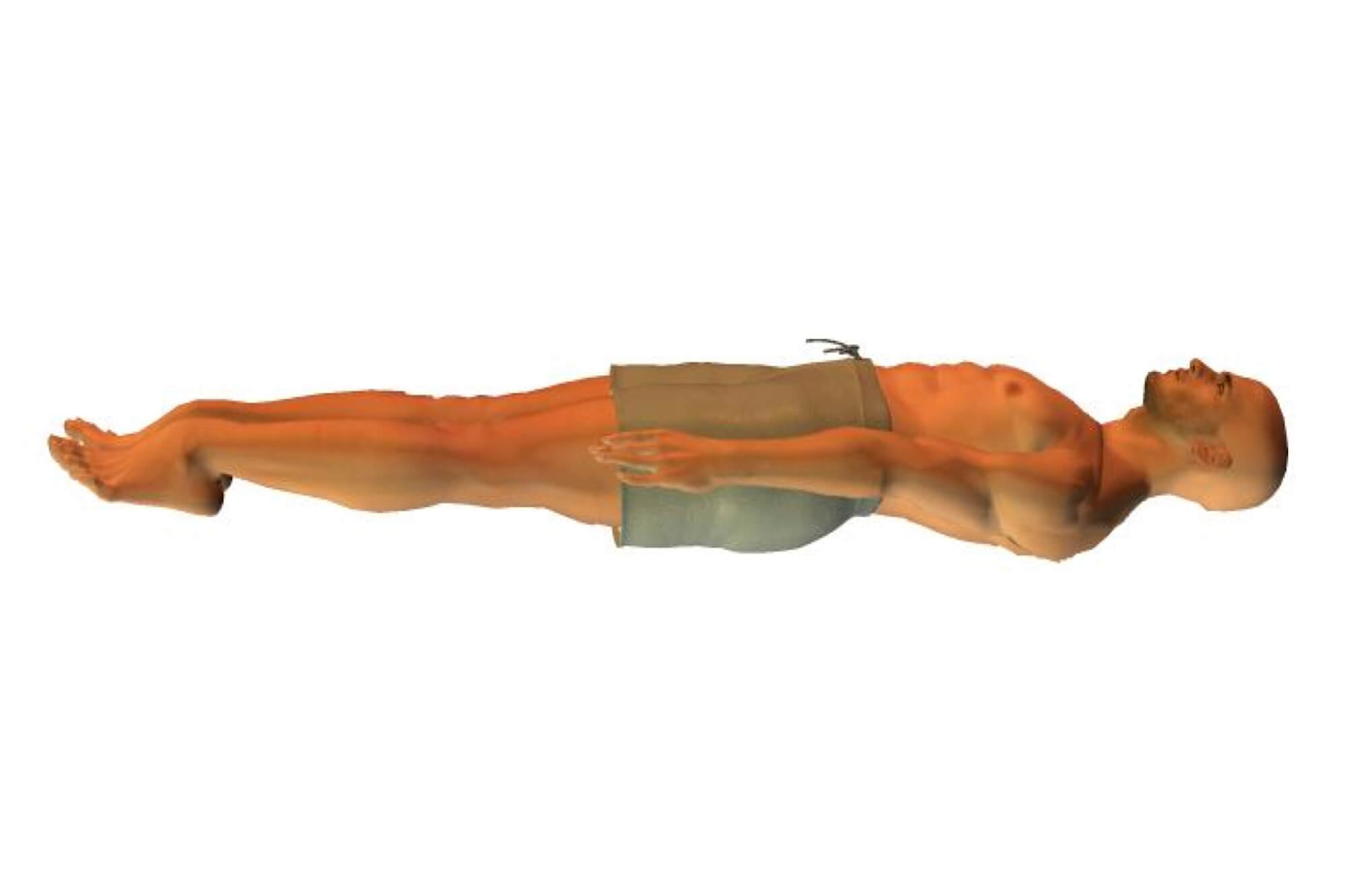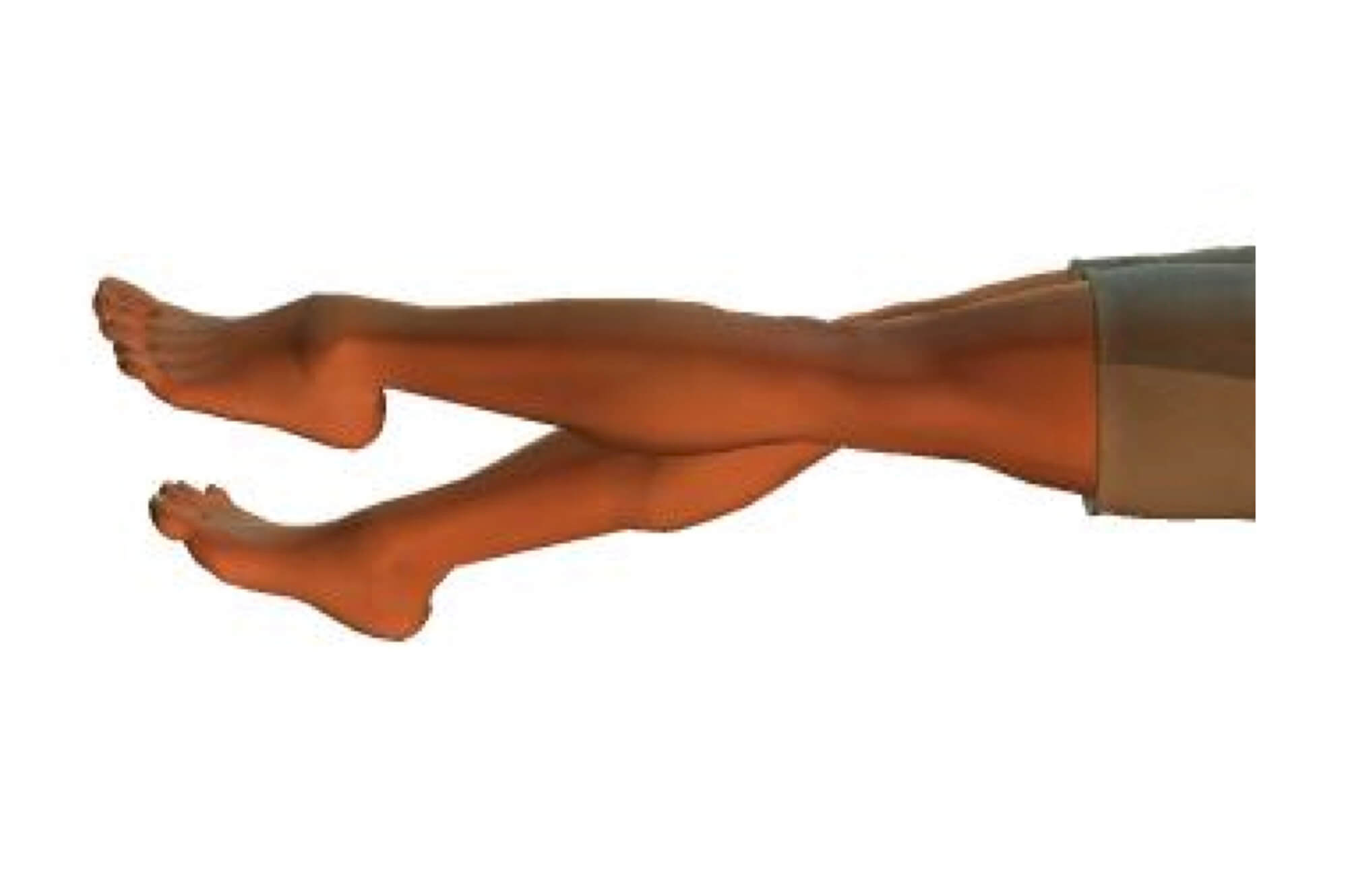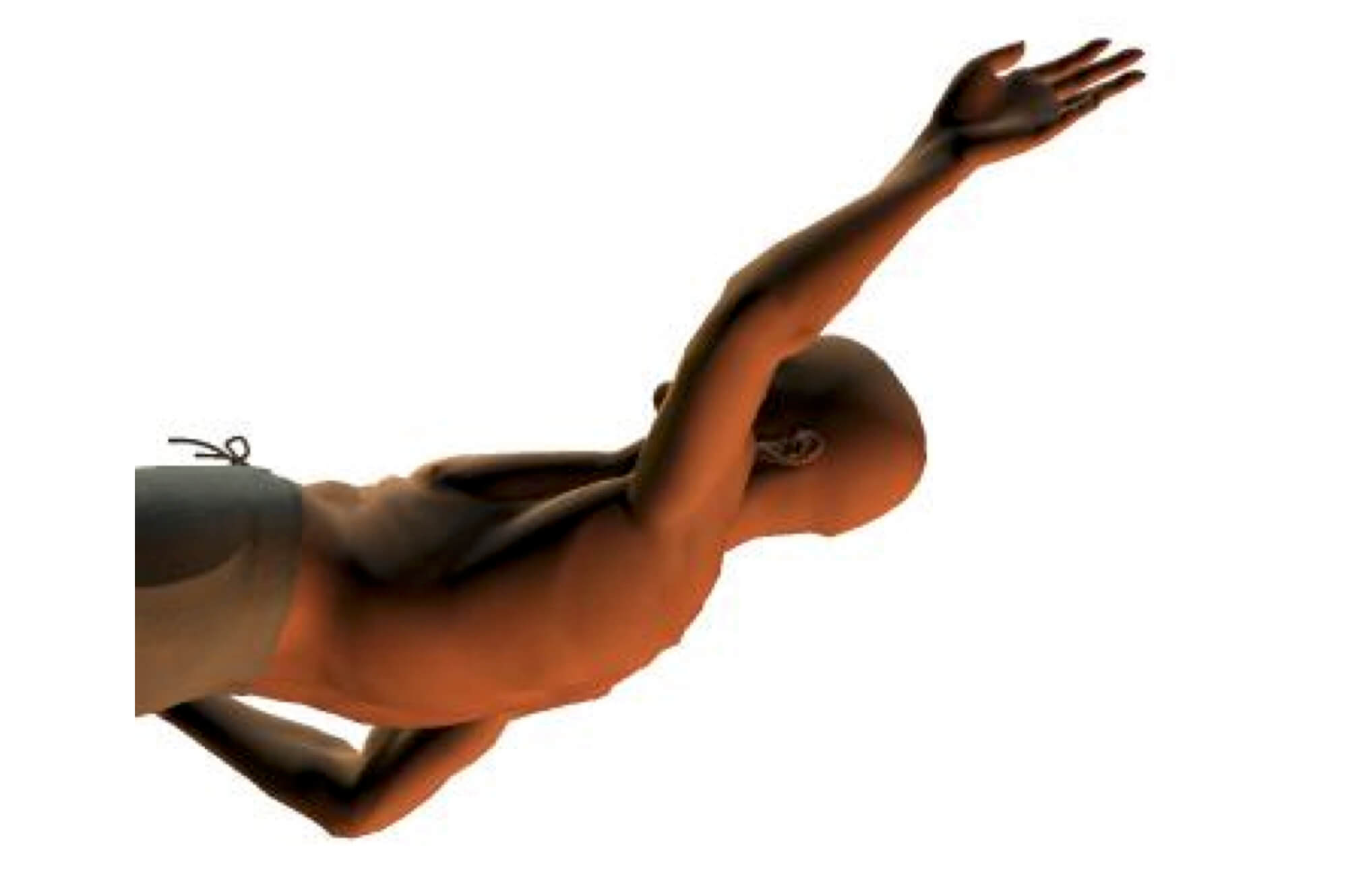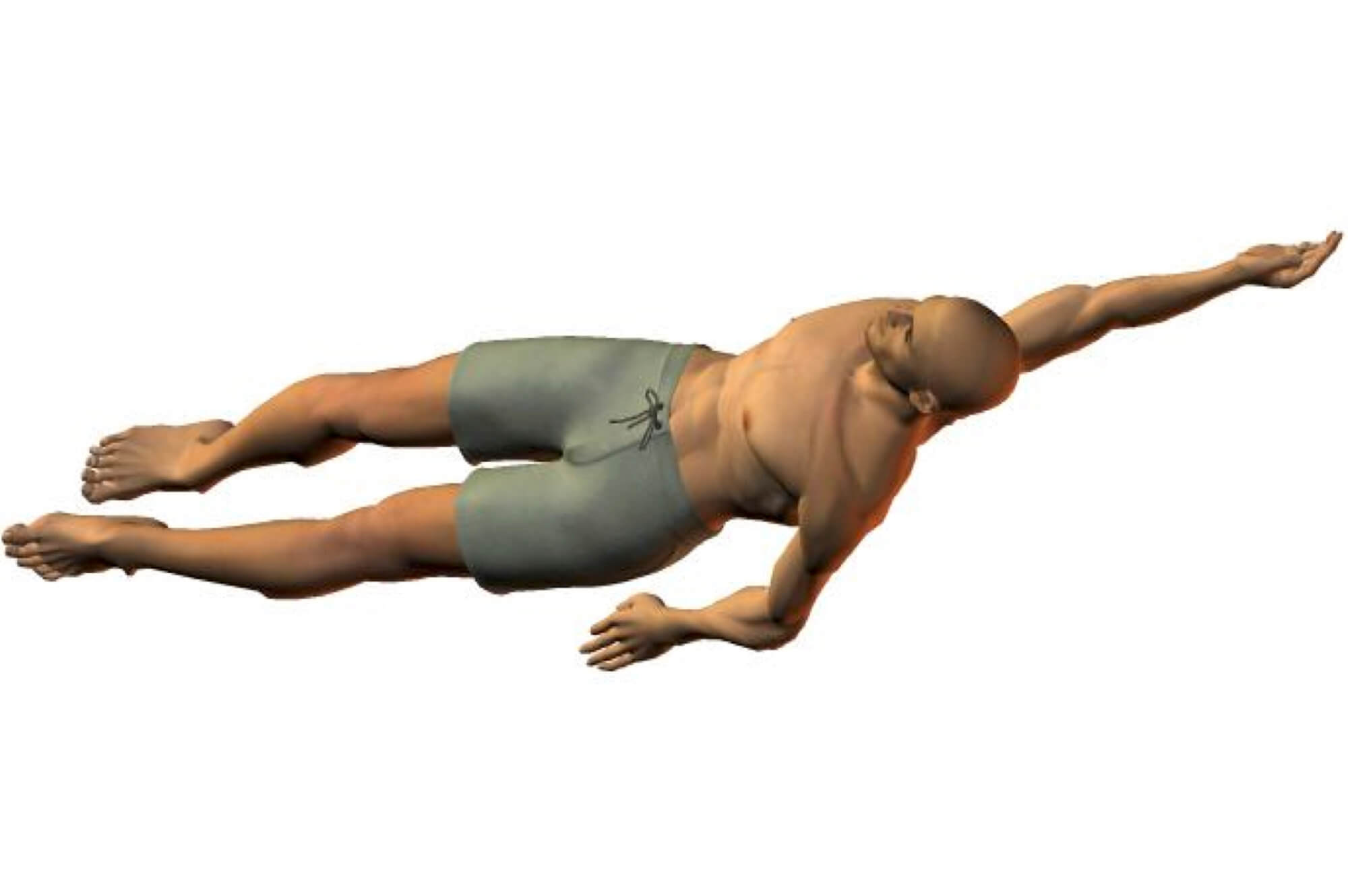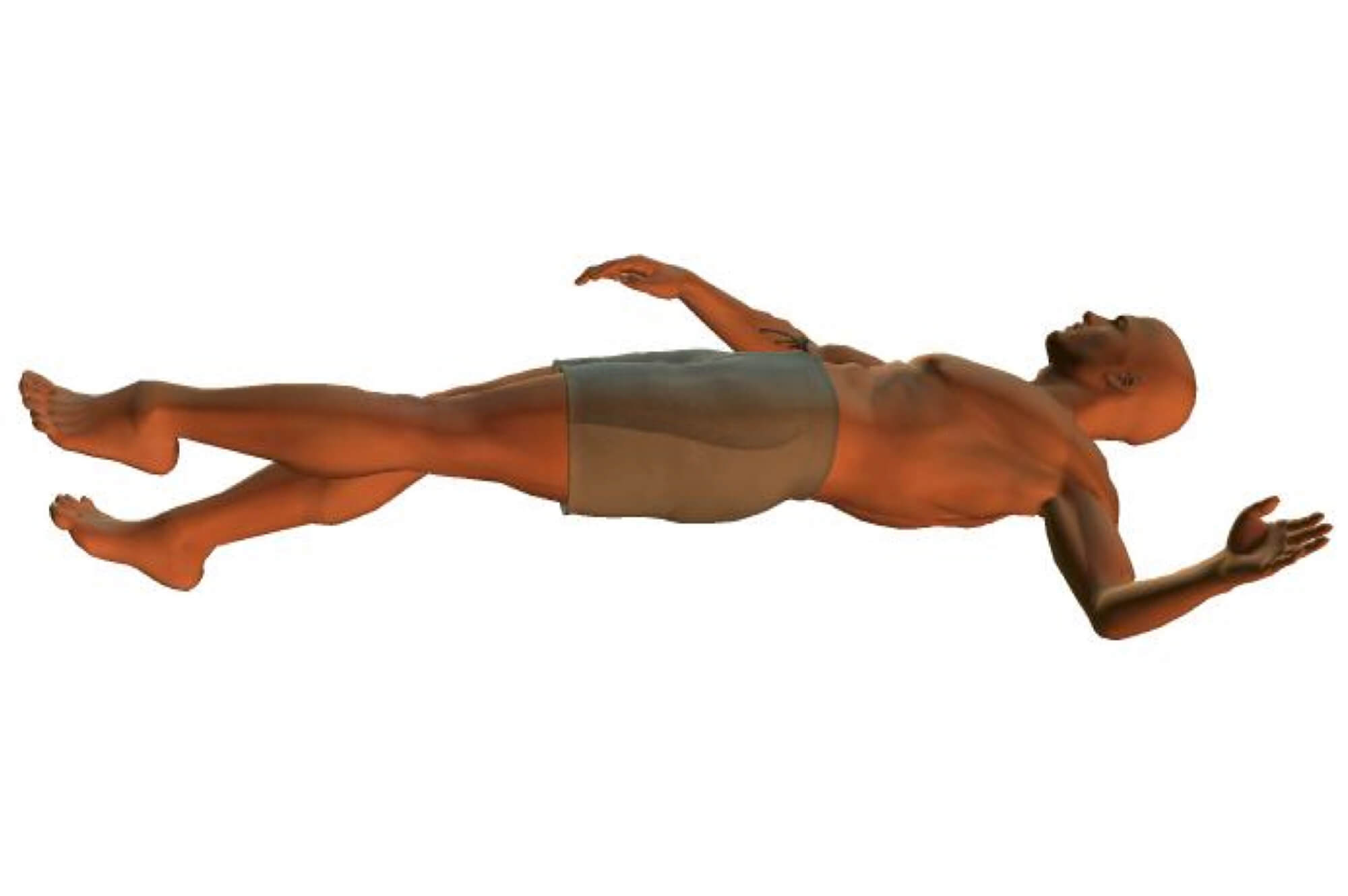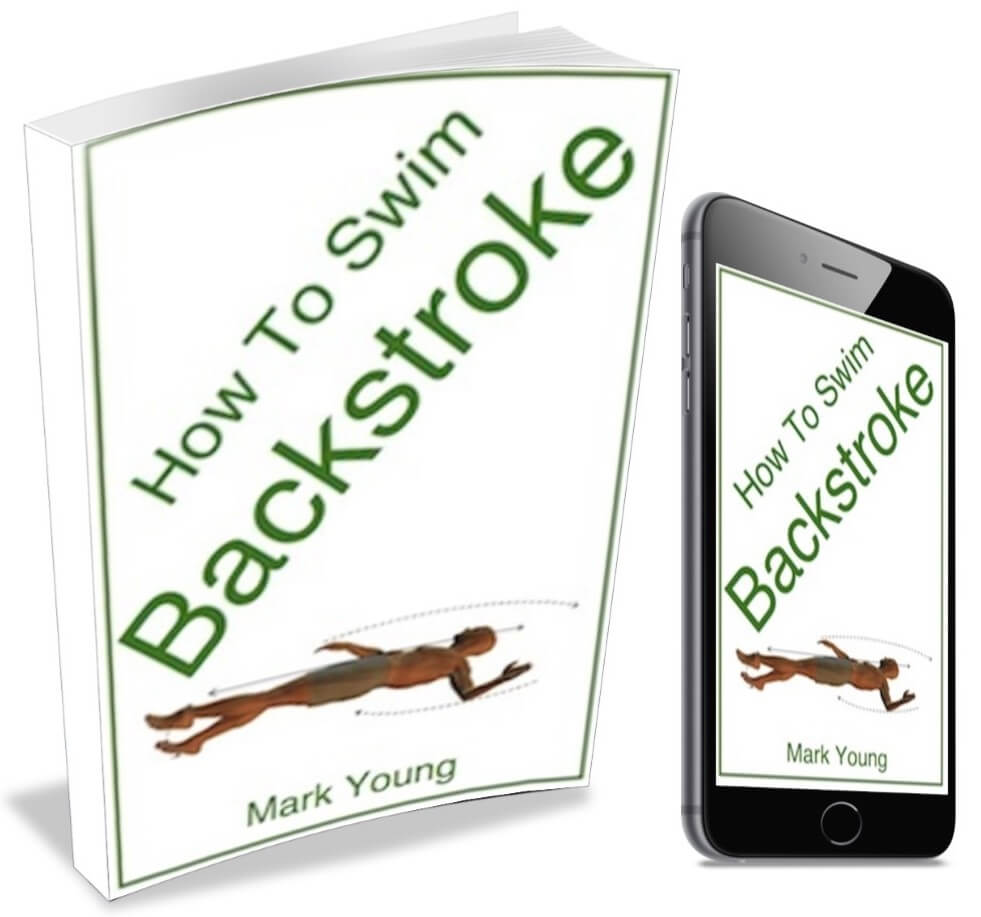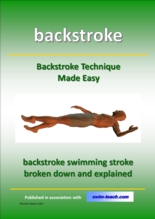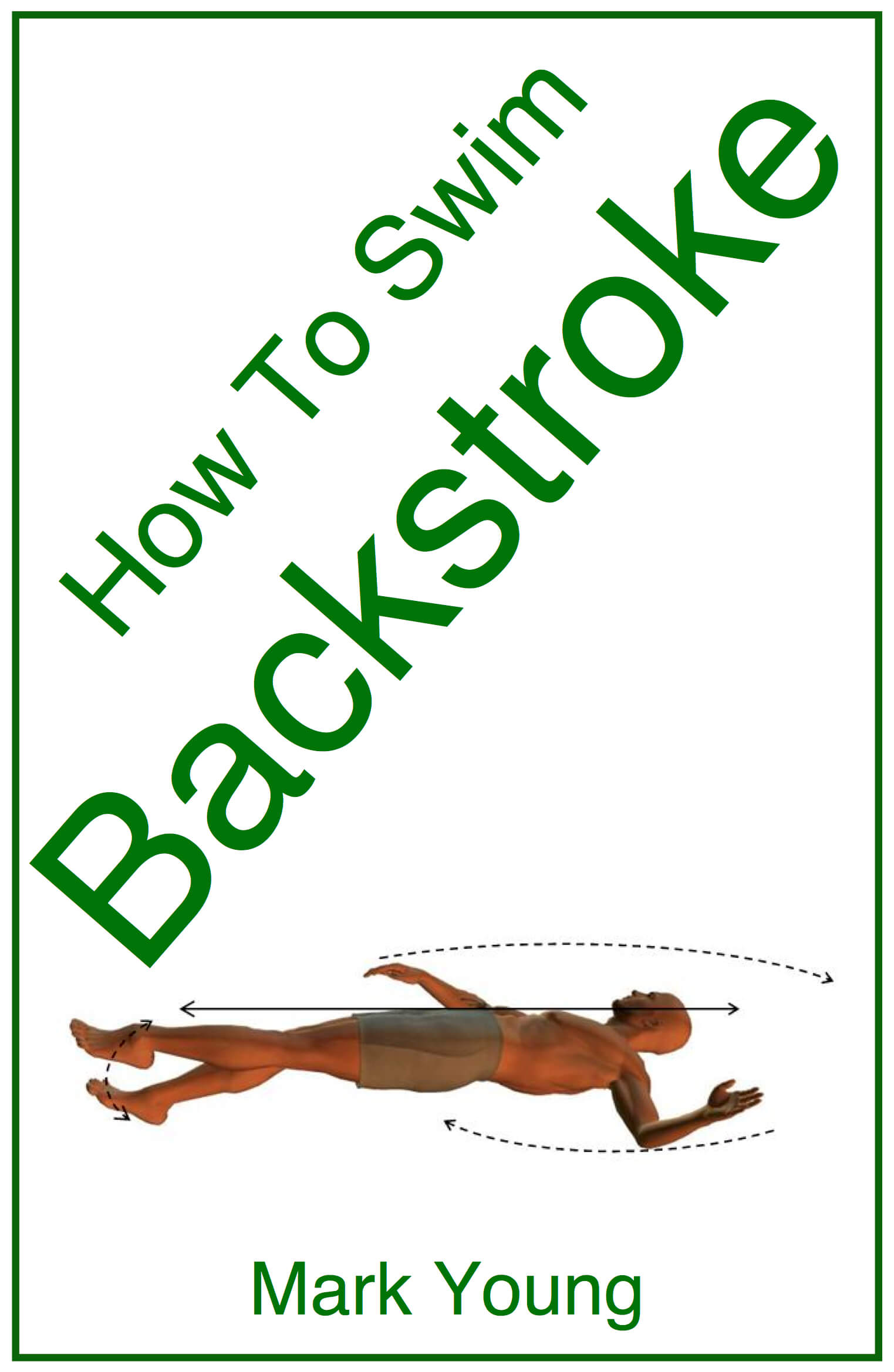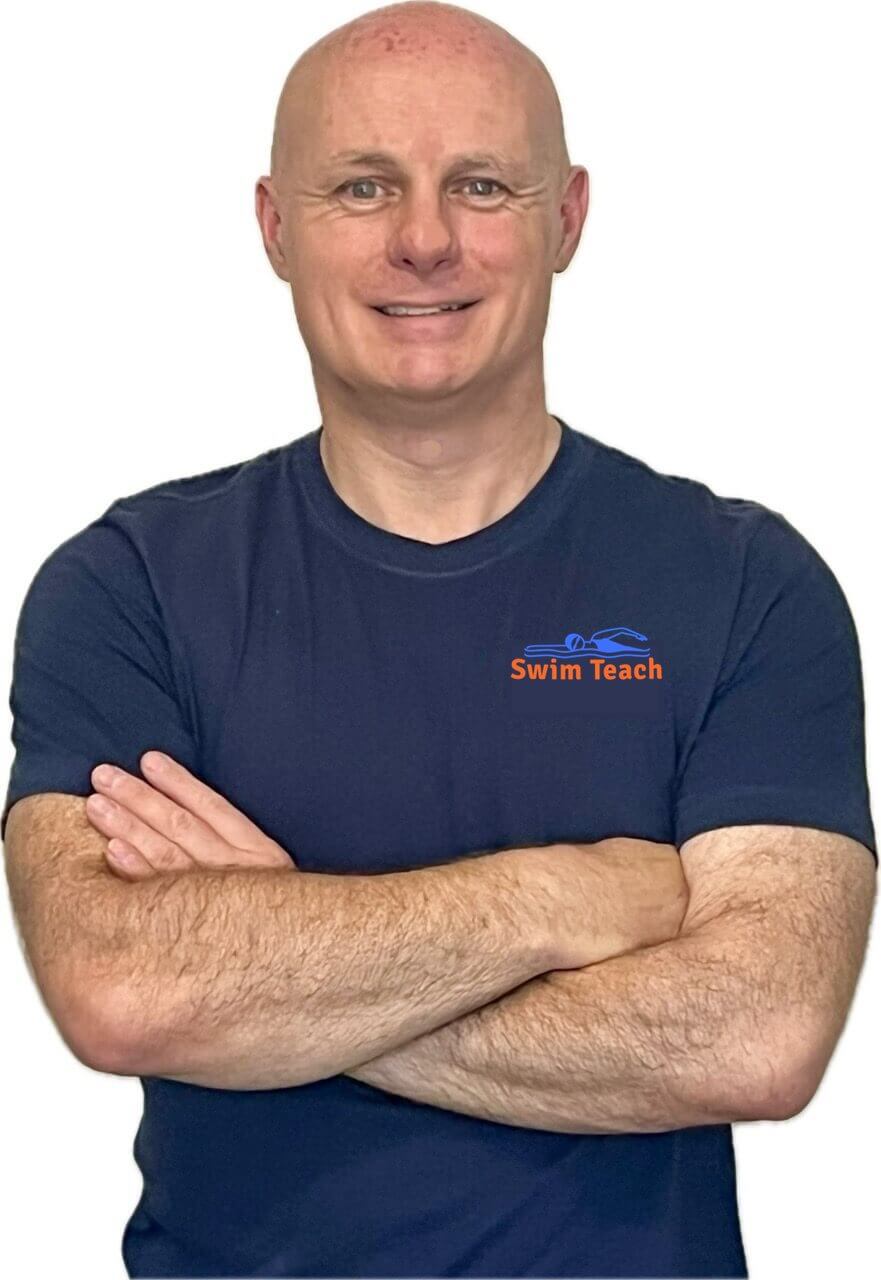- Swim Teach Home
- backstroke technique
- Backstroke Kick
Backstroke Kick Technique
Is your backstroke kick technique letting you down? Feel like you are getting nowhere fast, apart from downwards as you gradually sink? Maybe you are putting so much effort into kicking that it is sapping your energy.
Whatever is going on, you need some simple, professional tips to get your leg kick back up to the surface and on track.
HOW TO SWIM BACKSTROKE EBOOK: everything you need to master breaststroke swimming stroke. 20 easy drills that focus on each part of backstroke technique. From body position to breathing and timing. Decades of teaching experience all packaged into 1 easy file. Download to your device and master backstroke TODAY! (click here for a preview)
Don't miss out! Click here for more details on how to get your copy.
Backstroke Kick Technique Video
Backstroke kick is an alternating action, continuously up and down to help balance the action of the arms. Your leg kicks balance your arm pulls and together they both help to maintain a horizontal and flat body position.
FREE EBOOK: all of the technique tips here can be found in my 'Backstroke Technique' book, along with a couple of bonus drills to help you perfect some essential parts of the stroke.
Don't miss out! Click here to grab a FREE copy of my book.
The amount of propulsion generated from the kick will depend on the size of the feet, ankle mobility and strength of the legs. Although propulsion from the leg kick is not priority as the arms generate most of the propulsion for backstroke.
5 Top Tips to Better Leg Kick Technique
1. Legs should be stretched out with toes pointed (plantar flexed).
2. Ankles should be relaxed and loose allowing the feet to kick in a 'flipper' like action.
3. The kick should originate from the hip and not from the knee, so the whole leg performs the kick.
4. The knee should bend slightly and then straighten as the leg kicks upwards, with the upper surface area of the foot (where the shoe laces would be) providing the power part of the kick.
5. Toes should create a small splash slightly breaking the water surface.

During specific leg practices the legs kick in a vertical plane up and down. However, the arm action causes the body to roll making the legs kick part sideways, part vertical and partly to the other side.
Common Backstroke Leg Kick Mistakes
The most common fault with the leg kick during back stroke is closely related to the body position, when the swimmer allows their legs to sink well below the water surface. The toes should just break the water surface and the legs kicking from the hip with a slight bend at the knee.
An easy exercise to help maintain leg kick technique at the correct level in the water is to hold a float or kick board across the chest and perform the leg kick.
The float will provide support so that the swimmer can focus on kicking up towards the water surface whilst maintaining a level head and level hips. Only then will the leg kick be at its most efficient.
This same exercise will help iron out another common mistake, that being kicking from the knee. An excessive knee bend will not only cost energy but will cause the legs to gradually sink.
Performing backstroke kick whilst holding a float will help to focus the swimmer on kicking from the hip and not from the knee.
Click here for more backstroke drills to help improve your technique.
Does your leg kick fit in with the rest of your backstroke technique?
All the answers, tips and drills are in my book 'How To Swim Backstroke'. No more getting tired as you kick and no more slowly sinking as you move through the water.
Get all the tried and tested drills you need to make your backstroke complete.
Click BUY NOW and download a copy to your computer, tablet or mobile device. Or, click here for more details.
Alternatively, click through to buy from Amazon.
Real-Life Questions and Answers
Why is it necessary for your arms to enter the water at 11 and 1 o'clock during backstroke arm action? 'For backstroke arms to be efficient and effective, the entry must be in line with the shoulder, with the upper arm brushing the ear.'

